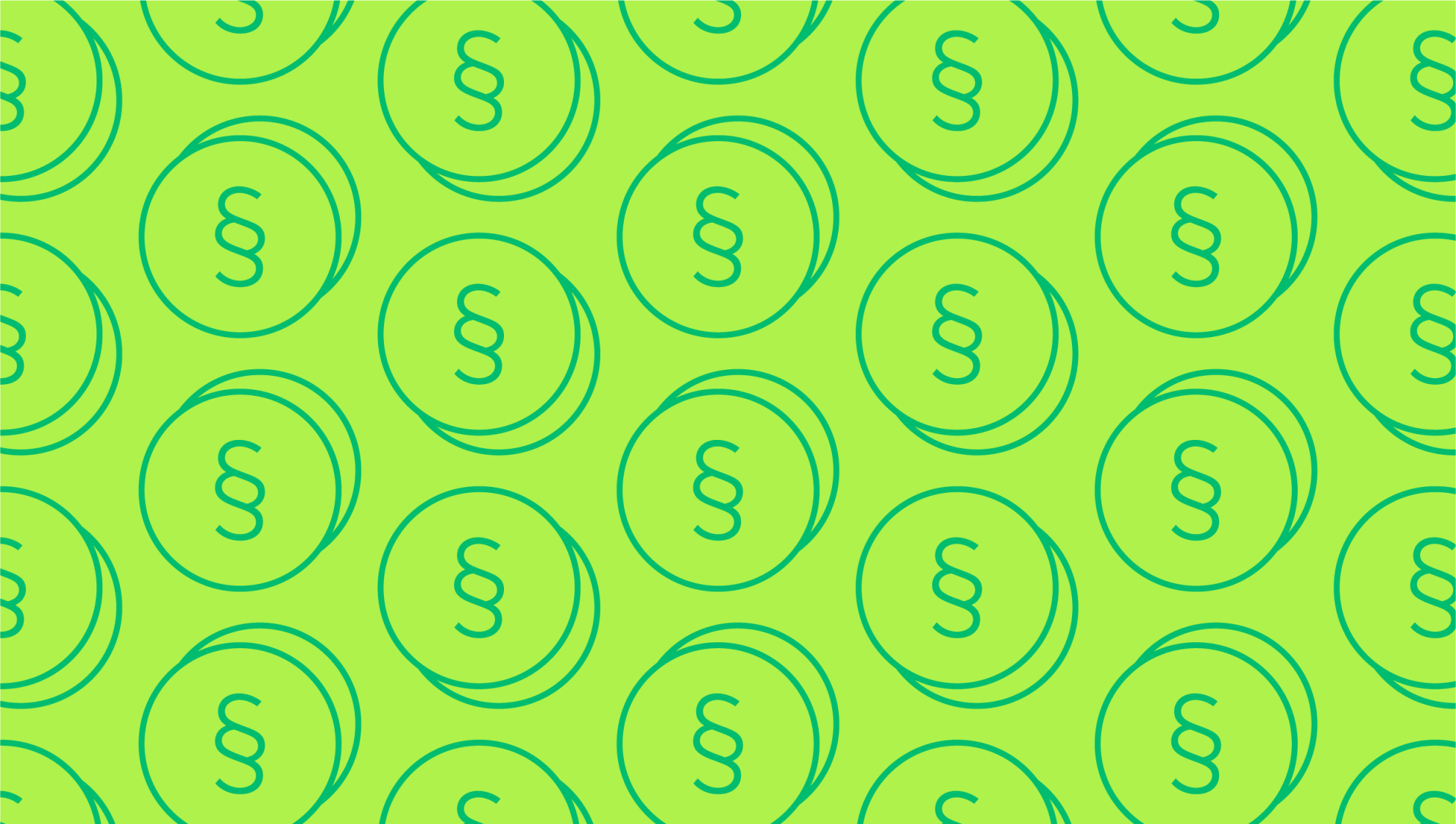Last editedMar 20233 min read
A standing order is a recurring payment consisting of the same amount being paid on a specified date each month.
A standing order authorises the payer's bank to take a set amount of money from their account in order to pay it into another account. It is often used for rent or mortgage payments as well as debt repayments, plus a business can use a standing order to pay for regular goods or services they purchase from a vendor when the amount to be paid does not change from payment date to payment date.
In this guide to standing orders, we describe how a standing order works and how it differs from direct debit.
How long does a standing order take to clear?
Payment via standing order typically takes between three to five working days to clear into the recipient’s account. There are also some exceptions to how long a standing order payment takes to clear. For example, a standing order payment arranged over a weekend or on a bank holiday is usually further delayed until the next working day, although the exact protocol can vary among different banking providers.
This can be an issue, as the account holder sets up the standing order with a specific date for the payment to be pulled, but the actual day that date falls upon each month changes. The 22nd of this month may fall on a Wednesday but then fall on a Saturday next month.
There are also other time considerations with a standing order, including:
payment pull times
extra administration
payment tracking information
Payment pull times
The time of the payment pull is also out of the hands of the account holder, as it is determined by the bank’s policy. Often the processing time occurs between midnight and 3am of the arranged payment date, assuming the date falls on a working day. This is not always the case, however, as some standing order payment windows stretch from midnight through to the afternoon of the specified payment date.
Extra administration
A standing order also involves significantly more administration than the direct debit option for payments, and requires the recipient business to regularly check their bank accounts to see if a due payment has been deposited. This is due to a standing order not providing notifications when a payment has arrived, nor when it has failed.
Payment tracking information
Any client who wishes to set up a standing order needs to obtain all information about the time a standing order takes to clear, as well as the non-working day policy and payment pull time, when initially setting it up. This can be achieved in person by visiting the bank, although this can also be arranged using online banking or a mobile banking app.
The recipient business must wait to receive this information from the customer, which they need ahead of the first due payment, in order to track the payments accurately.
The extra administration and delayed receipt of tracking information involved with a standing order can be cumbersome compared to a direct debit, so let’s look closer at the differences between the two payment systems.
Standing order v. direct debit
While there is some overlap in the way both standing orders and direct debits work, there are some significant differences too. Obviously, both payment systems involve pulling payments from the payer’s account to pay into the recipient’s account, but a standing order operates by always pulling the exact same amount as specified by the account holder when setting up the order.
In contrast, the amount being paid every due date via direct debit can be adjusted each time. This makes it better suited to situations where the services or goods being billed for differ between payment dates.
A standing order is preferred when the amount being paid each month does not change, as is the case with rent payments and mortgages. Many subscription services also have a consistent fee due each month or quarter, though there are also other types of subscription services whose fees vary according to which services the customer has used during that payment period.
A common example would be a company outsourcing some software development to an IT partner. They have different needs from month to month, and thus have fewer direct debit objections as an adjustment is made for each payment.
What happens if a standing order is not paid?
Payment failures most commonly occur due to insufficient funds, but they can also happen due to a cancellation of the standing order by the payer. Some cancellations may also happen inadvertently; for example, when a customer changes their bank account which automatically cancels the standing order, and they then neglect to set up a new standing order for the new account.
Such failures cause even more administrative work for the recipient business as they have to chase up the failed payment with the client while manually updating the accounts. A simple solution is the all-in-one payment system provided by GoCardless, which automatically retries failed payments and is aware of important details such as the credit card expiration date. It can also perform the same job as a standing order by pulling payments of the same amount each due date, or be adjusted accordingly. This flexibility is the stand-out characteristic of direct debit.
The automated GoCardless direct debit payment system ensures your accounts are up to date at every stage of a financial period, helping to reduce the strain on time, money and resources.
How GoCardless can help
Payment automation via direct debit greatly reduces the administration involved in setting up payments, as well as the ongoing operational costs of collecting payments for businesses.
GoCardless is a global payments solution that helps you automate payment collection, cutting down on the amount of financial admin your team needs to deal with. Find out how GoCardless can help you with one-off or recurring payments.
